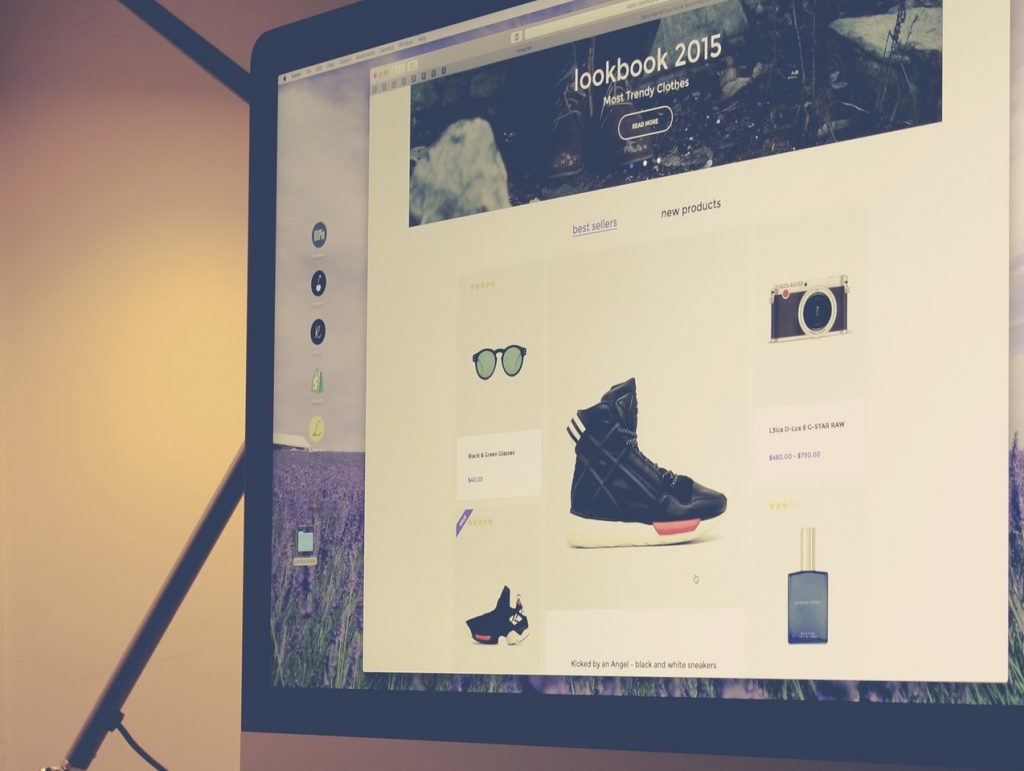
With e-commerce growing 23 percent each year and 51 percent of Americans preferring to shop online, it would be crazy—irresponsible, even—not to own an e-commerce store. Granted, several impediments likely deter you from creating one, such as designing the website and buying a domain. However, the long-term benefits of an e-commerce store outweigh the few inconveniences you have to face to obtain one. In fact, consumer attitudes show that you need an e-commerce store to maintain your business.
1. Consumers Will Prefer Digital Payment Methods
When Forrester and American Express surveyed millennials aged 23 to 37 and Gen Zs aged 16 to 22, they found that these younger generations were more likely to use digital mobile payments such as Paypal, Visa Checkout, and Apple Pay. The reason for this preference, they found, is the need for quick and effortless purchases, a need that could be attributed to the popularity of e-commerce stores where multiple digital payment options are offered.
Because the digital-loving, younger generations are the future’s consumers, it’s likely that they will make digital payments a staple to the shopping experience. If retailers don’t complement their physical stores with online ones where digital payments are offered, they could lose a sizeable amount of their customers.
2. Consumers Prefer Online Shopping
As the success of e-commerce increases, the success of retail decreases. According to Business Insider, 6,300 stores such as Payless, Gymboree, and JCPenny will close by the end of 2017. The reason for this phenomenon that analysts call the retail apocalypse can be attributed to e-commerce’s convenience: people can quickly search for items and check out without leaving the comfort of their homes.
E-commerce is so popular, in fact, that this year many stores closed on Thanksgiving day, a day when shoppers normally stand in line to get ahead on Black Friday shopping. Because Thanksgiving sales declined (on-sale items are available for purchase online on Thanksgiving day), retailers found it economical to close their doors.
3. Consumers Spend Hours Online
Online advertising has made it easier for businesses to reach new customers. Of all the online advertising platforms, social media is the most effective in reaching audiences because it is omnipresent in people’s lives. A study from Qualtrics and Accel found that 42 percent of millennials, 26 percent of Gen Xers, and 29 percent of baby boomers couldn’t last five hours without checking their feeds. People who frequent social media see multiple ads each day, getting more and more acquainted with brands.
Additionally, because social media platforms such as Facebook and Snapchat have online and offline user data and sophisticated ad targeting technology, businesses can reach anyone at anytime, anywhere, whether that’s in a cramped subway, at Starbucks, or at home.
4. The Generation with the Most Purchasing Power Shops Online
According to eMarketer, the generation with the most purchasing power, Gen Xers aged 45 to 54, spend the most time on average per week shopping online. Emarketer also found that of all generations, Gen Xers are more likely to purchase products saved to their carts.
Although Gen Xers spend the most time shopping online, the younger generations aren’t far behind. Unlike Gen Xers who purchase through desktop devices, 64 percent of millennials aged 18 to 24 shop on smartphones.
Starting an e-commerce store may be an inconvenience, but consumer behavior shows that an e-commerce store is integral to maintaining your business.
